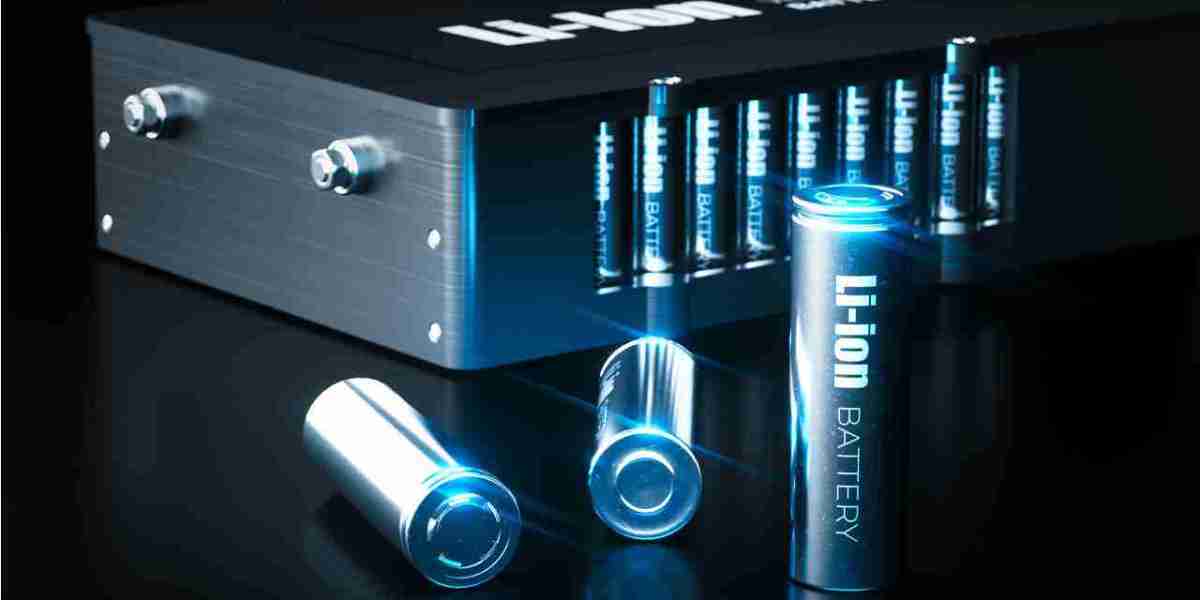Introduction
The evolving Li-Ion Battery Electrode Coating Market reveals a strategic pivot in industry priorities—toward enhancing safety, durability, and energy density. As lithium-ion batteries become the backbone of energy ecosystems in electric vehicles (EVs), smart devices, renewable storage, and aerospace, these three performance pillars are now driving coating innovations. From material science to application techniques, manufacturers are rethinking every element of electrode coating to meet the rigorous demands of next-gen batteries.
Safety: A Central Design Imperative
Safety concerns in lithium-ion batteries range from thermal runaway to short-circuiting and flammable electrolyte reactions. Electrode coatings have a crucial role in mitigating these risks. The integration of flame-retardant materials, ceramic barriers, and heat-dissipating agents into coating formulations has become standard practice for batteries used in mobility and aviation.
For instance, ceramic nanoparticle-enhanced coatings create a thermally stable barrier between the electrode and separator, significantly reducing the risk of ignition during overcharging or mechanical stress. Additionally, conductive coatings that promote uniform current distribution help prevent localized heating and electrical failure.
Safety-focused coatings are now being tailored for specific sectors—drones require shock-absorbing capabilities, medical devices need biocompatibility, and EVs demand both heat resistance and structural integrity.
Enhancing Durability Through Advanced Coating Materials
Durability in lithium-ion batteries is closely tied to the mechanical resilience of electrode coatings. As batteries are subjected to frequent charge-discharge cycles, mechanical degradation—such as particle cracking, delamination, and binder fatigue—can impair performance.
To counteract this, manufacturers are incorporating elastomeric binders, graphene-infused films, and flexible nano-composites that stretch and recover without breaking under stress. These innovations help coatings adhere longer, resist flaking, and protect the active layer from electrolyte corrosion.
Moreover, multi-layer coating architectures are emerging. A base layer provides adhesion and conductivity, a middle layer ensures mechanical protection, and a top layer offers thermal or chemical stability—delivering comprehensive durability throughout the battery lifecycle.
Driving Energy Density With High-Loading Formulations
Energy density is the key to powering devices longer, reducing battery footprint, and improving the range of electric vehicles. Coatings that support high loading of active materials—without sacrificing conductivity or adhesion—are enabling major leaps in energy density.
Water-based and dry coatings are at the forefront of this shift, allowing the use of more active content per unit area while maintaining processability. Similarly, nanostructured conductive coatings, such as those made with CNTs or doped polymers, facilitate efficient ion/electron transport even in thick electrodes.
Coatings that maintain structural integrity at high material concentrations are proving essential in high-capacity batteries like those used in long-range EVs and backup storage for renewable grids.
Segment-Based Insights: Priorities Vary by Application
Market insights reveal that different industries prioritize these three performance parameters in varying ways:
Electric Vehicles: Safety and energy density are top concerns. Lightweight, high-capacity coatings that resist thermal events are crucial.
Consumer Electronics: Energy density and durability dominate. Coatings must maximize power in small spaces while surviving repeated handling and recharging.
Grid Storage: Durability and safety are vital. Coatings must maintain performance over extended lifecycles and in fluctuating environments.
Aerospace and Defense: All three—safety, durability, and density—are non-negotiable. Specialized coatings that resist vibration, vacuum, and extreme temperatures are essential.
This application-specific focus is guiding formulation strategies and production investments among material suppliers and OEMs alike.
Innovations in Formulation and Engineering
To meet evolving performance targets, manufacturers are pursuing hybrid coating systems. These may combine conductive carbon structures with ceramic reinforcements or employ smart polymers that change characteristics under temperature fluctuations.
Other innovations include self-healing coatings, which use encapsulated materials that release bonding agents upon micro-cracking. These not only extend coating life but also enhance long-term battery reliability. Additionally, AI-assisted formulation tools are helping chemists simulate and optimize coating properties before lab testing—reducing development cycles.
Performance Testing and Validation
Market insights emphasize the increasing rigor of performance validation for coatings. Thermal stability, cycle degradation, adhesion, impedance, and flammability are tested under extreme conditions. Global testing labs now offer scenario-based evaluations simulating mechanical shocks, high altitudes, rapid charging, and exposure to moisture—all tailored to specific end uses.
These tests help OEMs and battery suppliers make confident choices, accelerating time-to-market while minimizing warranty risks and product recalls.
Competitive and Regulatory Landscape
Leading players like 3M, Arkema, and Mitsubishi Chemical are innovating rapidly to address these performance needs. Their recent product launches focus on scalable, multi-functional coatings that excel across all three core parameters.
On the regulatory side, mandates such as UL 2580 for EV batteries and IEC 62133 for portable batteries are becoming stricter. Compliance requires coatings to meet minimum thermal and mechanical benchmarks, further fueling innovation and differentiation.
Conclusion
Market insights clearly show that the Li-Ion Battery Electrode Coating Market is now centered around three interlinked priorities—safety, durability, and energy density. These pillars are shaping R&D, formulation strategies, and OEM expectations. The next article will explore how the market’s growth potential is being amplified by large-scale renewable energy projects and grid storage infrastructure worldwide.




